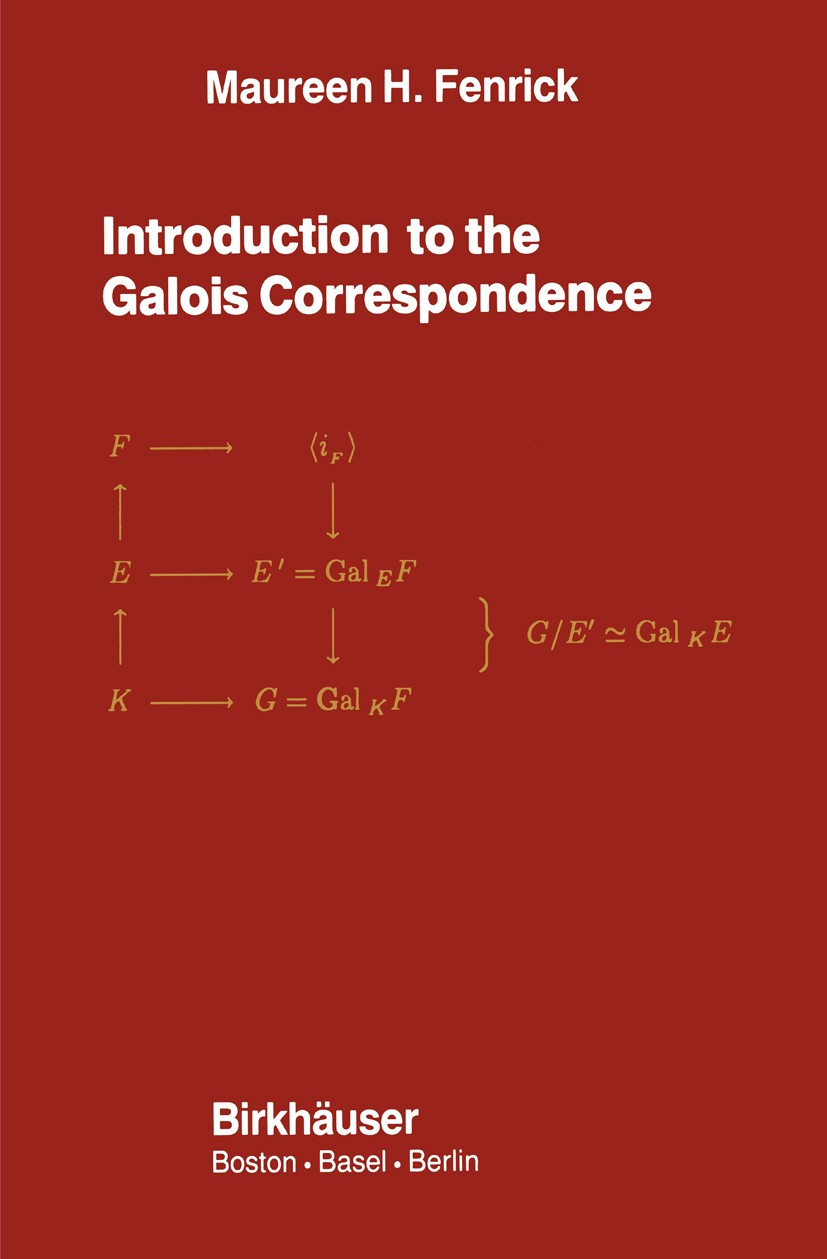| 书目名称 | Introduction to the Galois Correspondence | | 编辑 | Maureen H. Fenrick | | 视频video | http://file.papertrans.cn/475/474360/474360.mp4 | | 图书封面 |  | | 描述 | In this presentation of the Galois correspondence, modem theories of groups and fields are used to study problems, some of which date back to the ancient Greeks. The techniques used to solve these problems, rather than the solutions themselves, are of primary importance. The ancient Greeks were concerned with constructibility problems. For example, they tried to determine if it was possible, using straightedge and compass alone, to perform any of the following tasks? (1) Double an arbitrary cube; in particular, construct a cube with volume twice that of the unit cube. (2) Trisect an arbitrary angle. (3) Square an arbitrary circle; in particular, construct a square with area 7r. (4) Construct a regular polygon with n sides for n > 2. If we define a real number c to be constructible if, and only if, the point (c,O) can be constructed starting with the points (0,0) and (1,0), then we may show that the set of constructible numbers is a subfield of the field R of real numbers containing the field Q of rational numbers. Such a subfield is called an intermediate field of Rover Q. We may thus gain insight into the constructibility problems by studying intermediate fields of Rover Q. In cha | | 出版日期 | Book 19921st edition | | 关键词 | Abelian group; Area; Volume; algebra; field; form; polygon; presentation; real number; set; techniques | | 版次 | 1 | | doi | https://doi.org/10.1007/978-1-4684-0026-7 | | isbn_ebook | 978-1-4684-0026-7 | | copyright | Birkhäuser Boston 1992 |
The information of publication is updating

|
|
 |Archiver|手机版|小黑屋|
派博传思国际
( 京公网安备110108008328)
GMT+8, 2025-11-18 23:23
|Archiver|手机版|小黑屋|
派博传思国际
( 京公网安备110108008328)
GMT+8, 2025-11-18 23:23


